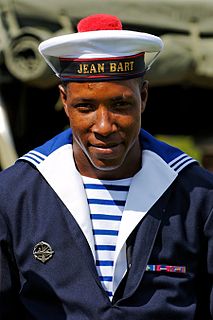
Seaman is a military rank used in many navies around the world. It is considered a junior enlisted rank and, depending on the navy, it may be a single rank on its own or a name shared by several similarly-junior ranks.
The Enlisted Aviation Warfare Specialist (EAWS) insignia is a military badge of the United States Navy which was created in March 1980. The insignia recognizes those members of the Navy’s enlisted force who have acquired the specific professional skills, knowledge, and military experience that result in qualification for service in the aviation activities of the Navy. This includes most personnel who are trained flight deck personnel onboard aircraft carriers, or maintenance personnel at an Aircraft Intermediate Maintenance Detachment or Department or aircraft squadron.

Insignias and badges of the United States Navy are military "badges" issued by the United States Department of the Navy to naval service members who achieve certain qualifications and accomplishments while serving on both active and reserve duty in the United States Navy. Most naval aviation insignia are also permitted for wear on uniforms of the United States Marine Corps.
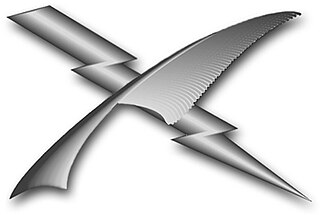
Cryptologic Technician (CT) is a United States Navy enlisted rating or job specialty. The CT community performs a wide range of tasks in support of the national intelligence-gathering effort, with an emphasis on cryptology and signal intelligence related products.
Specialist is a military rank in some countries' armed forces. In the United States military, it is one of the four junior enlisted ranks in the U.S. Army, above private first class and equivalent in pay grade to corporal. Unlike corporals, specialists are not considered junior non-commissioned officers (NCOs). Specialist E-4 is the most common rank that is held by US Army soldiers.

Radioman (RM) was a rating for United States Navy and United States Coast Guard enlisted personnel, specializing in communications technology.

Steelworker is a United States Navy occupational rating.
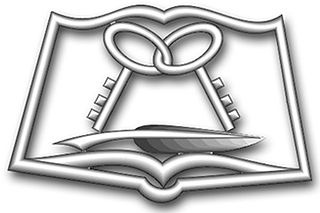
Culinary specialist is a United States Navy occupational rating. It was formerly the mess management specialist (MS) rating until January 15, 2004, and commissaryman (CS) and steward (SD) prior to 1975.
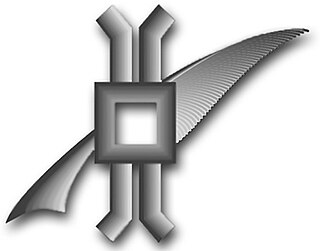
Legalman is a United States Navy occupational rating.

Mass Communication Specialist is a United States Navy public affairs type rating. MCs practice human-centered design to develop creative communication solutions and align communication strategies and tactics to leadership’s intent; conduct research and develop audience profiles; prepare, process, and print publications and media products; create sketches, storyboards, and graphics; design publications; produce still imagery, and written, audio, video, and multimedia information products; collect, analyze, and report media project and communication plan feedback and performance information; create media project plans; conduct community outreach, news media operations, leadership communication operations, and organizational communication operations; plan and direct communication campaigns and events and serve as communication advisors to commanders; and develop content strategies, create data stories, and ensure communication products and experiences are designed to enhance understanding and discoverability. MCs serve aboard ships, in expeditionary units and at shore commands in the United States and overseas.
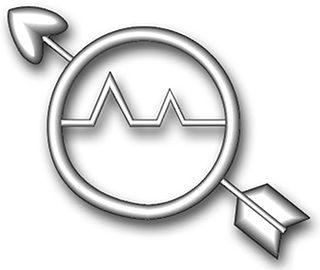
Operations Specialist is a United States Navy and United States Coast Guard occupational rating. It is a sea duty-intensive rating in the Navy while the majority of Coast Guard OS's are at ashore Command Centers.

Postal clerk was a United States Navy occupational rating.
Radarman was a rating in the U.S. Navy and the U.S. Coast Guard during, and after, World War II. The following ratings existed during the war for male or female enlisted personnel training, or with training, in the operation and maintenance of radar sets:

The United States Navy occupational rating of boatswain's mate is a designation given by the Bureau of Naval Personnel (BUPERS) to enlisted members who were rated or "striking" for the rating as a deck seaman. The colloquial form of address for a boatswain's mate is "Boats".

Information systems technician (IT) is a rating for United States Navy and United States Coast Guard enlisted personnel, specializing in communications technology. Information systems technician submarines (ITS) is a rating for U.S. Navy submariners. The Information systems technician (IT) rating corresponds to the new Navy Occupational Specialty (NOS) code B460 while the information systems technician submarines (ITS) rating corresponds to Navy Occupational Specialty (NOS) code C260.

Aircrew survival equipmentmen are survival equipment specialists and certified parachute riggers who oversee valuable life saving equipment, parachutes, and other special gear used by U.S. Naval and Marine Corps special operations forces, Naval Air Department, and the United States Navy Parachute Team known as the "Leap Frogs". They perform a wide range of duties, which include inspecting, maintaining, and repairing parachutes, search and rescue equipment, along with survival kits, medical kits, flight clothing, protective wear, night vision equipment, aircrew oxygen systems, liquid oxygen converters, anti-exposure suits, and g-suits. PRs operate and maintain carbon dioxide transfer and recharge equipment, operate and repair sewing machines as well as train aircrew and other personnel in parachute rigging and the use of safety and survival equipment.

The master-at-arms (MA) rating is responsible for law enforcement and force protection in the United States Navy—equivalent to the United States Army Military Police, the United States Marine Corps Military Police, the United States Air Force Security Forces, and the United States Coast Guard's Maritime Law Enforcement Specialist. It is one of the oldest ratings in the United States Navy, having been recognized since the inception of the U.S. Navy.















